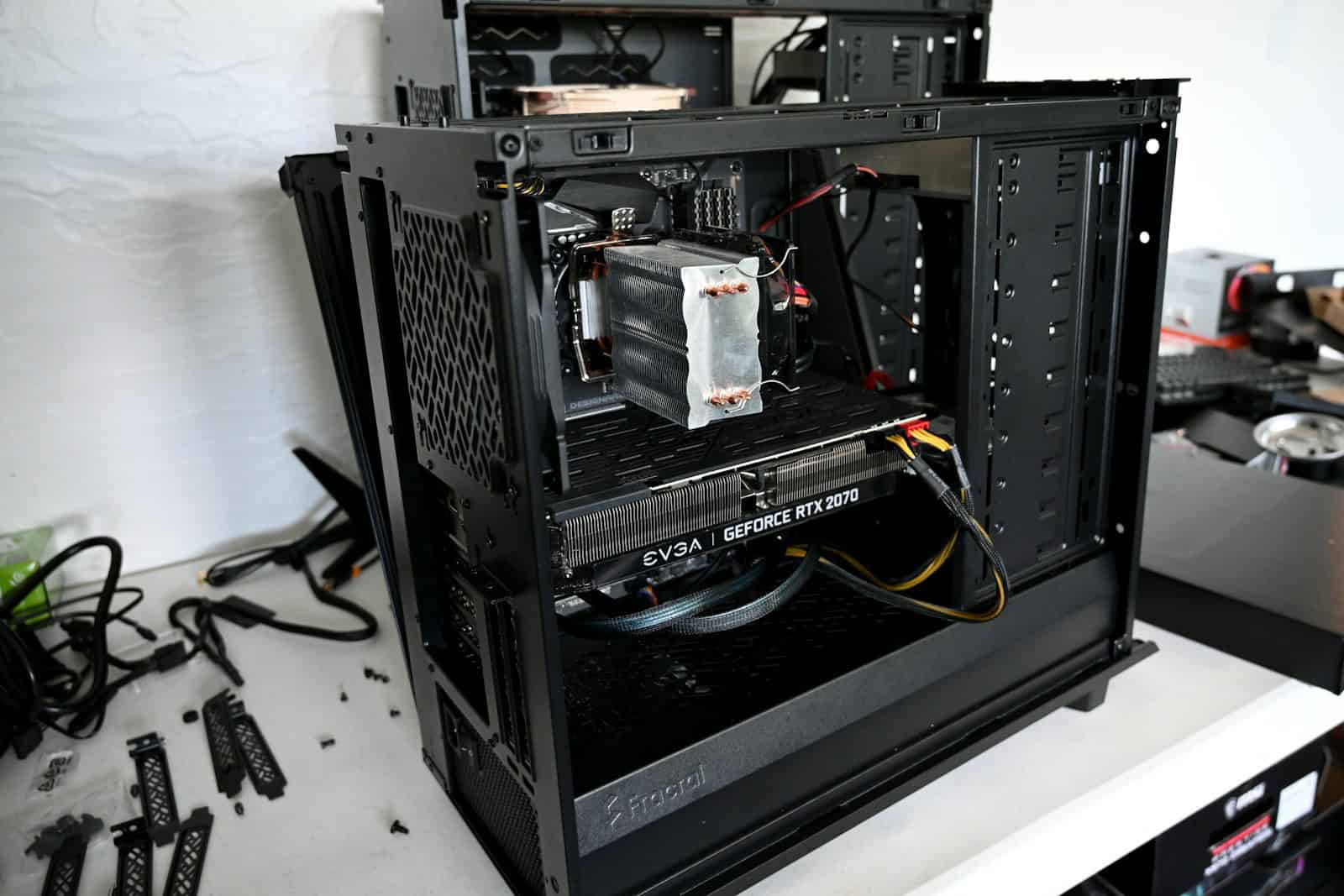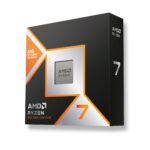Building a PC can be exciting, but it’s easy to make mistakes. Many first-time builders run into problems that can be avoided. Common errors include buying parts that don’t work together and using too much thermal paste. These issues can waste time and money.
Picking the right parts is key. Some people buy a CPU that doesn’t fit their motherboard. Others get a power supply that’s too weak for their system. It’s important to check that all parts match before buying.
Putting the PC together also has pitfalls. Some builders forget to connect all the cables. Others don’t ground themselves and damage parts with static. Taking care during assembly helps ensure a smooth build.
First-Time PC Builder? Avoid These Common Pitfalls
Building your first PC is an exciting endeavor, but it can also be a bit daunting. With so many components and technical details to consider, it’s easy to make mistakes. To help you navigate this process smoothly, here are some common pitfalls to avoid for first-time PC builders:
1. Insufficient Research
Don’t jump into buying parts without proper research. Take the time to understand the different components, their compatibility, and their role in the overall system. Read reviews, compare prices, and watch build guides to gain a solid understanding of the process.
2. Ignoring Compatibility
Not all PC components are compatible with each other. Ensure your chosen CPU is compatible with the motherboard, your RAM is supported by the motherboard, and your graphics card fits in the case. Pay attention to form factors, wattage requirements, and other compatibility details.
3. Static Electricity Damage
Static electricity can damage sensitive PC components. Before handling any parts, ground yourself by touching a metal object or wearing an anti-static wrist strap. Avoid working on carpeted surfaces.
4. Overlooking Cable Management
Proper cable management is crucial for airflow and aesthetics. Route cables neatly and securely to avoid obstructing airflow within the case. Use cable ties or Velcro straps to keep things organized.
5. Forgetting Thermal Paste
Thermal paste is essential for efficient heat transfer between the CPU and the cooler. Apply a small amount of thermal paste to the CPU before installing the cooler. Don’t use too much, as it can be counterproductive.
6. Incorrect BIOS Settings
After assembling your PC, you might need to access the BIOS (Basic Input/Output System) to configure boot settings or enable XMP profiles for RAM. Familiarize yourself with the BIOS navigation and settings beforehand.
7. Rushing the Process
Building a PC takes time and patience. Don’t rush the process, and double-check each step before moving on. Take breaks if needed, and refer to your build guide or online resources if you encounter any difficulties.
8. Ignoring Driver Updates
After installing your operating system, make sure to update all the necessary drivers for your components. This ensures optimal performance and stability.
Common PC Building Mistakes
| Pitfall | Consequence |
|---|---|
| Insufficient research | Incompatible parts, poor performance, wasted money |
| Ignoring compatibility | System won’t boot, components don’t work |
| Static electricity damage | Permanent damage to components |
| Overlooking cable management | Poor airflow, overheating, messy build |
By being mindful of these common pitfalls and taking a careful and methodical approach, you can successfully build your first PC and enjoy the satisfaction of a custom-built machine.
Key Takeaways
- Check part compatibility before buying
- Use the right amount of thermal paste
- Handle parts carefully to avoid static damage
Preparing for the Build
Getting ready to build a PC takes some planning. You’ll need the right tools, parts, and setup to make sure everything goes smoothly.
Tools and Workspace
A clean, flat surface is key for PC building. A large table works well. Keep your parts in a safe spot nearby. You’ll need a few basic tools:
- Phillips head screwdriver
- Anti-static wrist strap
- Flashlight
- Zip ties for cable management
The anti-static strap helps prevent damage from static electricity. It’s cheap and can save you from costly mistakes. Make sure you have good lighting so you can see small parts clearly.
Component Selection
Picking the right parts is crucial. Start with the CPU and motherboard. These set the foundation for your build. Choose parts that fit your needs and budget:
- CPU: Intel or AMD
- Motherboard: Must match CPU socket
- RAM: Check speed and capacity
- Graphics card: For gaming or graphics work
- Power supply: Get enough wattage
- Storage: SSD for speed, HDD for bulk storage
Use sites like PCPartPicker to check if parts work together. Read reviews and compare prices to get the best value.
Understanding Compatibility
Parts need to work together. Here are key things to check:
- CPU and motherboard socket match
- RAM type and speed supported by motherboard
- Case size fits motherboard form factor
- Power supply has enough connectors and wattage
- Graphics card fits in case and works with power supply
Double-check all specs before buying. It’s frustrating to get parts that don’t fit. Many sites have tools to help check compatibility.
Budget Planning
Set a budget before you start. Decide what’s most important for your needs. Here’s a basic breakdown:
| Component | % of Budget |
|---|---|
| CPU | 20-25% |
| GPU | 30-35% |
| RAM | 10-15% |
| Storage | 10-15% |
| PSU | 10-15% |
| Case | 5-10% |
Balance performance with cost. You can save money on some parts to spend more on others. Look for sales and deals to stretch your budget. Don’t forget extras like a mouse, keyboard, and monitor if you need them.
Assembling the PC
Putting together a PC takes care and attention to detail. Each step matters for a smooth-running system.
Installing the Motherboard
Place the motherboard on a flat surface. Line up the holes with the standoffs in the case. Screw in the board using the right screws. Don’t overtighten them. This can crack the board. Make sure no loose screws are left under it. They could cause a short circuit.
Double-check that the I/O shield is in place before you mount the board. It’s easy to forget. The shield helps protect the ports and reduce electromagnetic interference.
Mounting the Power Supply
Choose a good power supply. Cheap ones can damage other parts. Look for one with enough wattage for your system. Check that it has the right connectors for your components.
Slide the PSU into its spot in the case. The fan should face down in most cases. This helps it draw in cool air. Secure it with the screws that came with your case.
Seating the CPU
Handle the CPU with care. It’s fragile and expensive. Line up the arrows on the CPU and socket. Lower it gently into place. Don’t force it. If it doesn’t fit, check the alignment again.
Close the socket lever to secure the CPU. Apply a small dot of thermal paste to the center of the CPU. This helps transfer heat to the cooler.
Adding Memory and Storage
Insert RAM sticks in the right slots. Check your motherboard manual for the best configuration. Push down on both ends until you hear a click.
For storage, connect SATA cables to your SSD or hard drive. Plug the other end into the motherboard. Secure the drives in their bays with screws.
Ensuring Cooling Efficiency
Install the CPU cooler following its instructions. Make sure it’s seated properly and secured tightly. Don’t forget to plug in the fan.
Add case fans if needed. More fans can help keep your PC cool. But too many might just add noise. Find a balance.
Installing the Graphics Card
Find the PCIe slot on your motherboard. It’s usually the top one. Remove the back plate from your case that lines up with this slot.
Insert the graphics card into the slot. Push down gently until it clicks. Secure it to the case with screws. Connect any needed power cables from the PSU.
Finishing Touches
Connect all power cables to the motherboard. This includes the big 24-pin connector and the CPU power cable. Plug in front panel cables for power button, LEDs, and USB ports.
Tidy up cables with zip ties. Good cable management helps airflow and looks nicer. Double-check all connections before closing the case.







